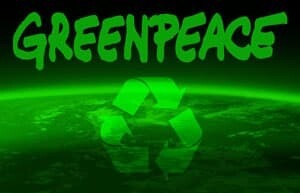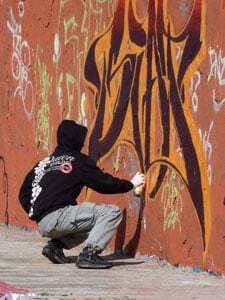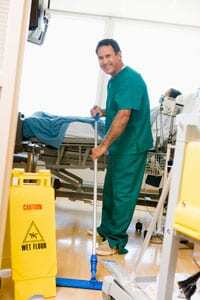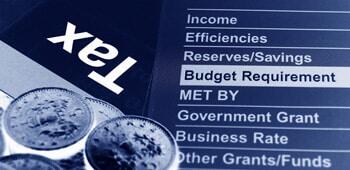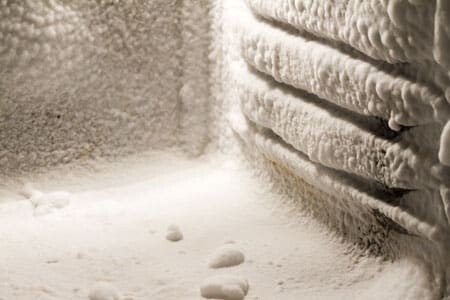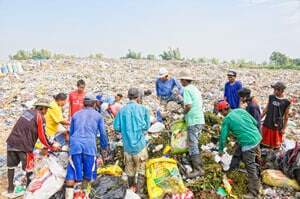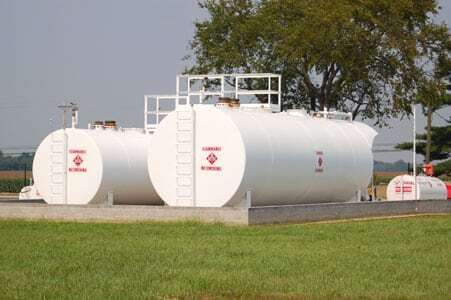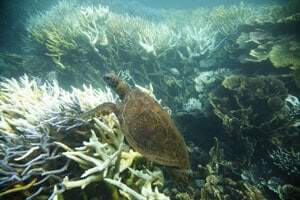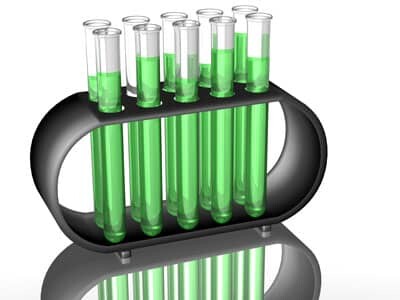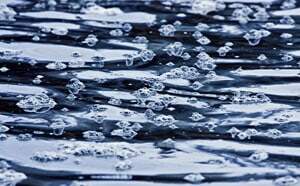 It’s a dry and barren land…and it’s going to get drier. Climatologists predict water will become a more and more precious resource in the coming decades. And with this realization comes a reevaluation of the types of water we use and re-use and the various efficiency measures we can employ to cut our water bills and respect the environment at the very same time. According to the Western Australian Code of Practice for the Reuse of Greywater 2010, we need to “promote acceptable long-term greywater reuse and promote conservation of our quality ground and surface water supplies without compromising public health.”[1]
It’s a dry and barren land…and it’s going to get drier. Climatologists predict water will become a more and more precious resource in the coming decades. And with this realization comes a reevaluation of the types of water we use and re-use and the various efficiency measures we can employ to cut our water bills and respect the environment at the very same time. According to the Western Australian Code of Practice for the Reuse of Greywater 2010, we need to “promote acceptable long-term greywater reuse and promote conservation of our quality ground and surface water supplies without compromising public health.”[1]
The longstanding impact of extensive drought in Australia as well as the strain placed on current water supplies by increasing population growth has meant that a concerted approach to the reuse of greywater has become viable and preferable as a mainstream undertaking. The WA Code notes there are distinct advantages arising from greywater reuse, which include:
- A reduction in potable water demand
- A reduction in the amount of wastewater discharged directly into oceans and rivers
- Healthier gardens, especially through drought periods
- A clear reduction in household water bills.[2]
So…that’s the theory. Great. But Envirosafe Solutions wants to help you with practical suggestions for greywater use in your home or workplace. Here’s a list of active things you can do…
- When considering the installation of a greywater system, match reality and need with type of system. There are literally hundreds of systems on the market so be informed and buy one that suits your purposes. DO you need one for indoor use and outdoor use, or will you be restricting your greywater use to the garden?
- Check with local and state governments to see if you are eligible for assistance or rebates.
- Match a system to your existing plumbing and drainage. Don’t make the mistake of purchasing a system that is incompatible with the current plumbing in your home or office.
- When purchasing a greywater system, be sure to enquire about hidden costs. Does the timer, pump or any extra fittings come with the system, or do they cost extra?
- BE fully informed on how to maintain your new system.
- Try to keep the wastewater as clean as you can and favour cleaning products that are compatible with greywater use. You’ll be surprised at how many cleaning products are incompatible with greywater systems.[3]
Envirosafe Solutions range of eco-friendly liquids are 100% Australian made and absolutely safe to use with your greywater system. Envirosafe Solutions can advise you on their full range of products so that you can implement a greywater system and plan in your home that is environmentally safe, friendly to the family and cost-effective.
Phone Envirosafe Solutions on 1300 88 90 70.
[1] Code of Practice for the Reuse of Greywater in Western Australia 2010
[2] Ibid. Pp7.
[3] http://livinggreener.gov.au/water/greywater/install-greywater-system








